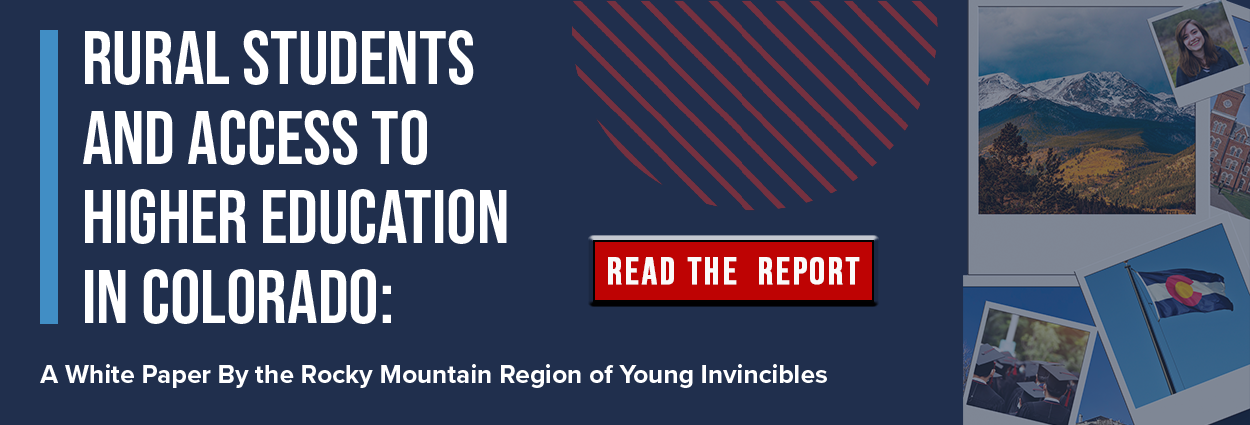
While over 73 percent of Colorado’s land mass is rural, the 2020 Census estimates that 12.5 percent of Colorado’s population lives in rural, or “nonmetro” areas. While they are a relatively small population, young adults from rural communities across Colorado face unique and specific barriers when attempting to access higher education. For instance, rural communities have lower rates of student enrollment and completion of higher education than urban communities. Students of color and first-generation students living in rural communities are even less likely to enroll or complete higher education than their rural white peers. In addition to wanting to address and identify barriers specific to the rural population, we wanted to highlight steps that policymakers could implement to address and mitigate these barriers.
The many interviews we conducted with stakeholders revealed that accessing higher education poses a litany of structural barriers, including:

These financial, emotional, and material obstacles are often insurmountable for young adults from rural areas. Additionally, for young adults from lower socioeconomic backgrounds, access to higher education is one of the only semi-reliable routes to economic mobility. Generation Z, the most racially diverse generation in the United States, also has the highest rate of young adults who are pursuing higher education. However, this generation also holds the most student debt and lowest earnings even after completion of higher education. This dynamic is further exacerbated by race. Black young adults hold the highest rates of student debt and larger student debt balances. Inconsistent access to higher education restricts positive career and economic outcomes for many young adults. Access to higher education can enhance rural communities by offering new skills, resources, and knowledge.

The purpose of this white paper is to better understand the challenges faced by rural young adults when accessing higher education in rural Colorado.
